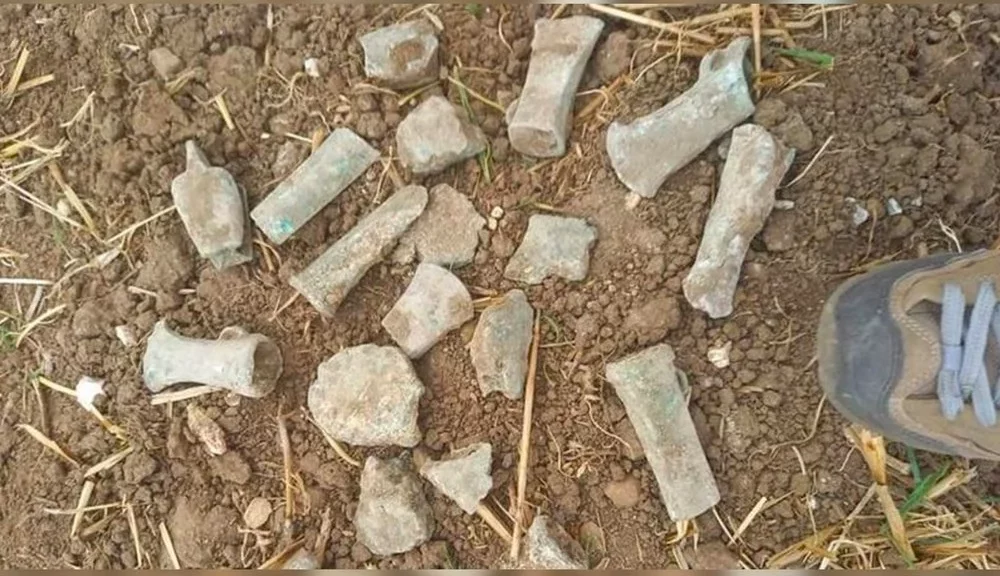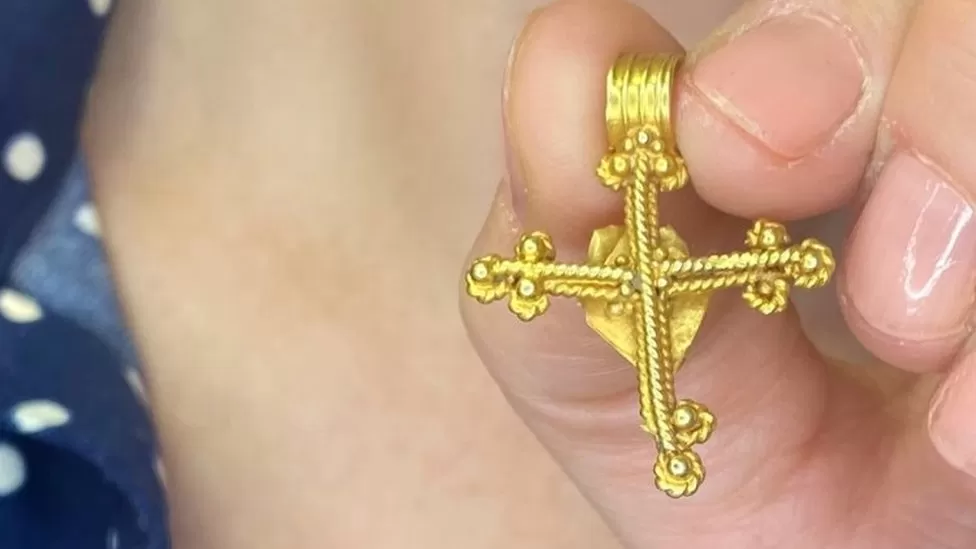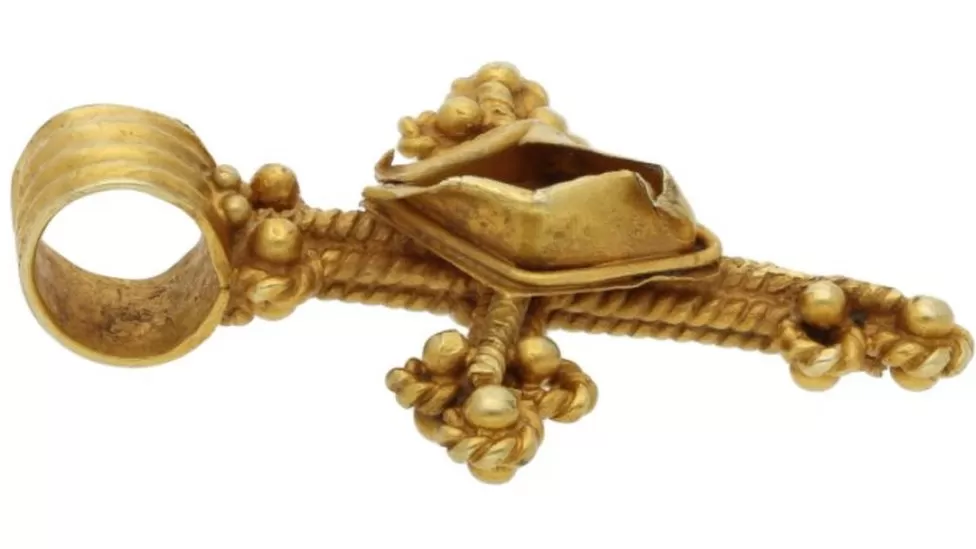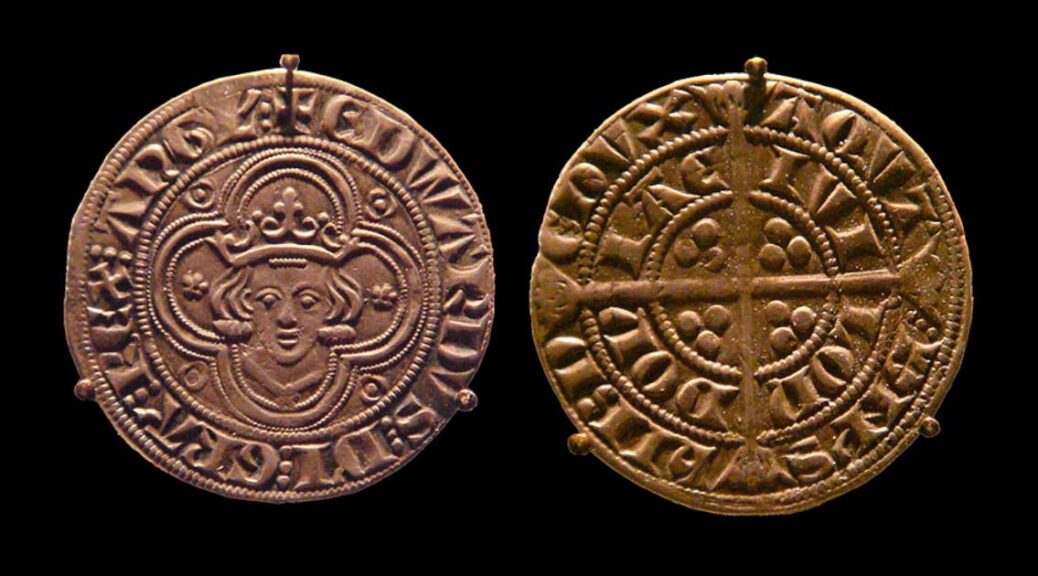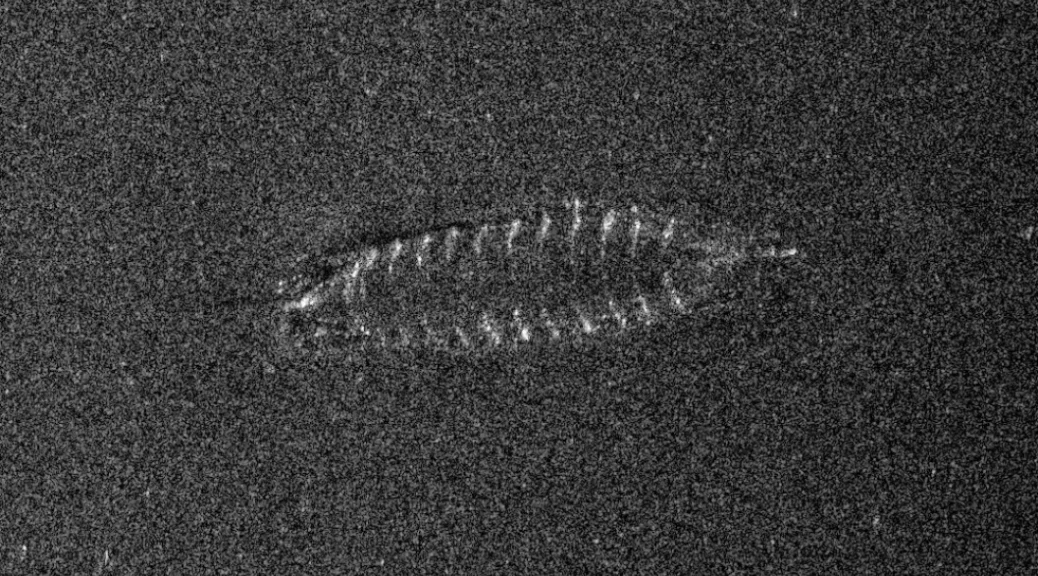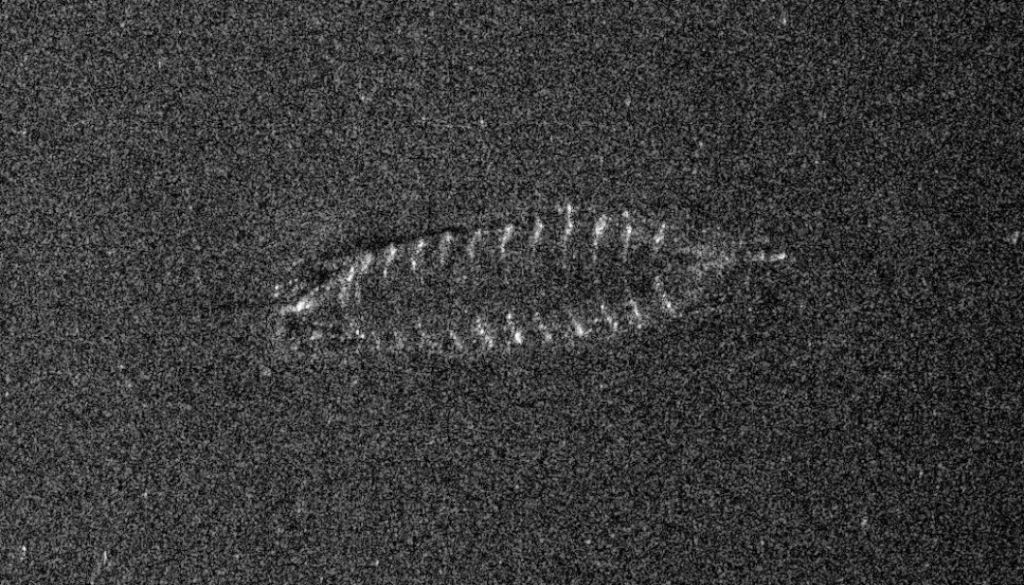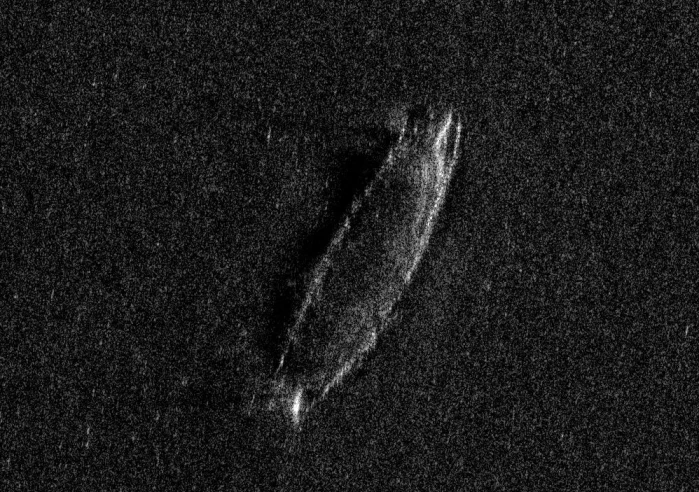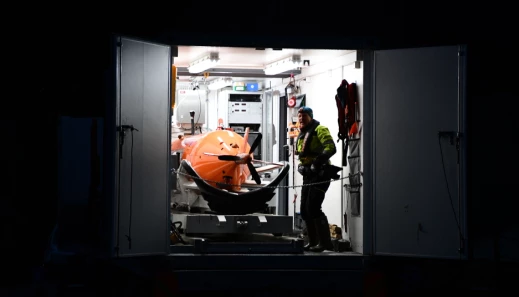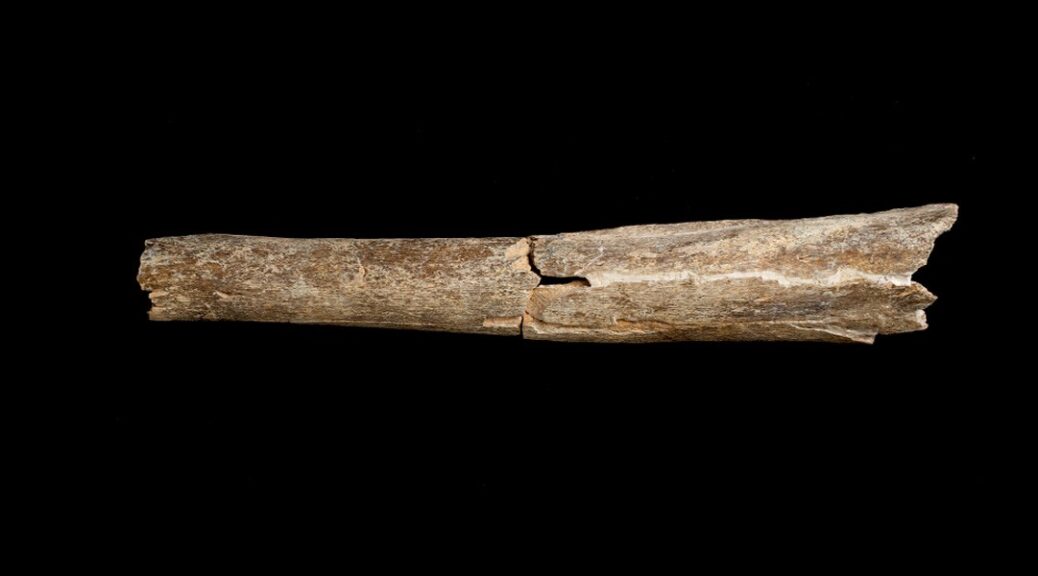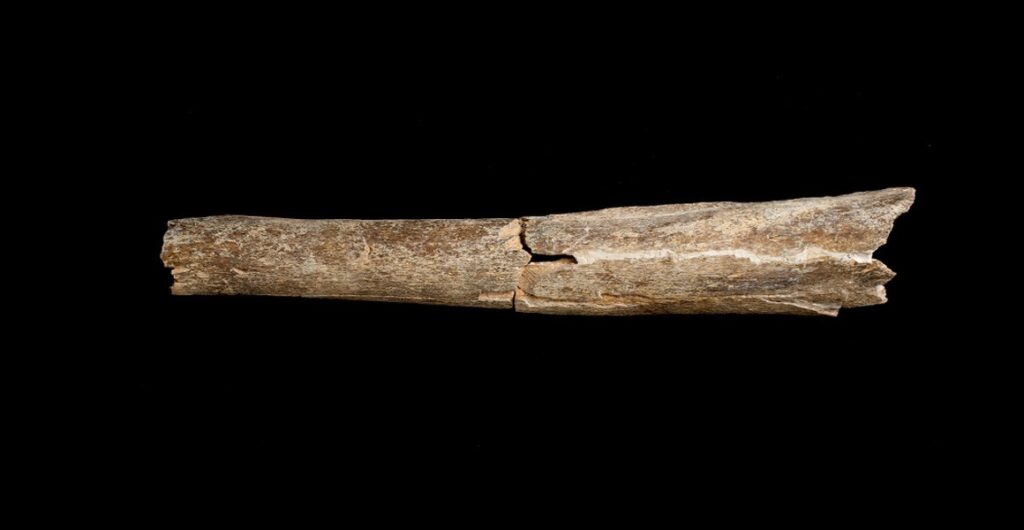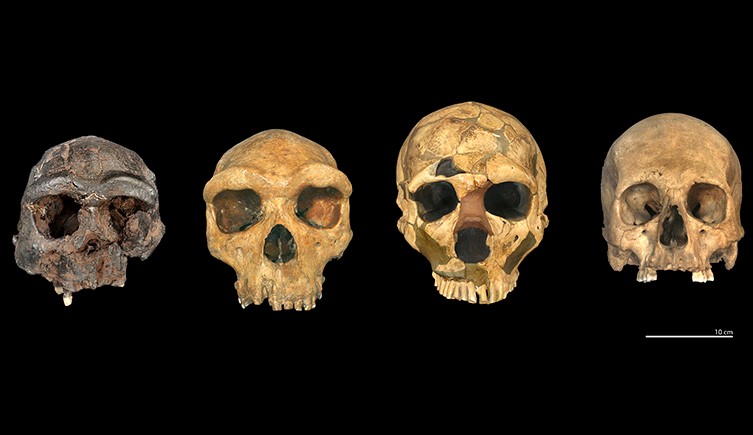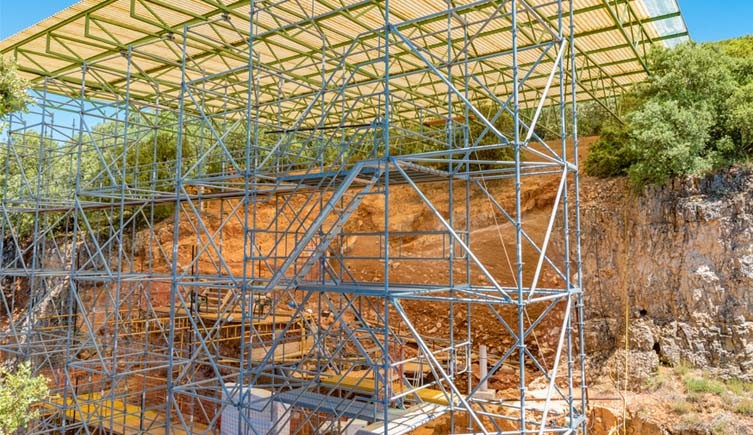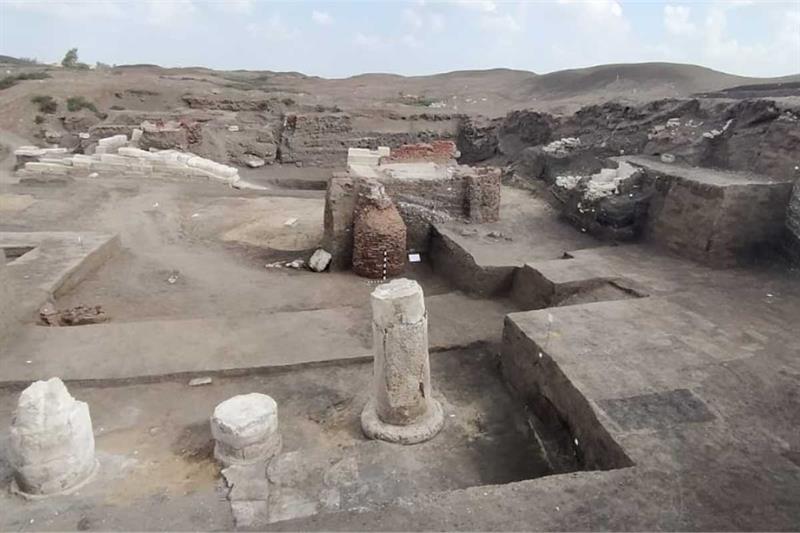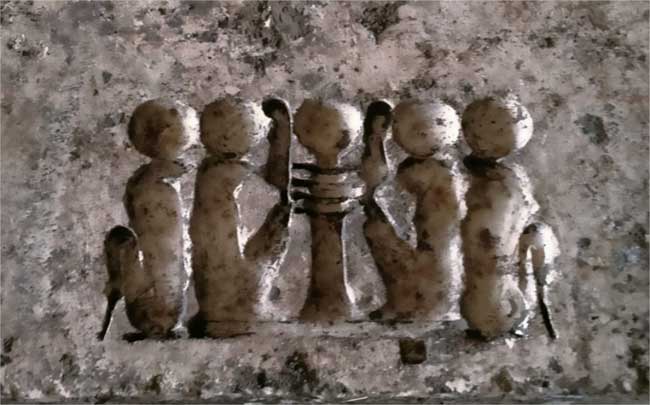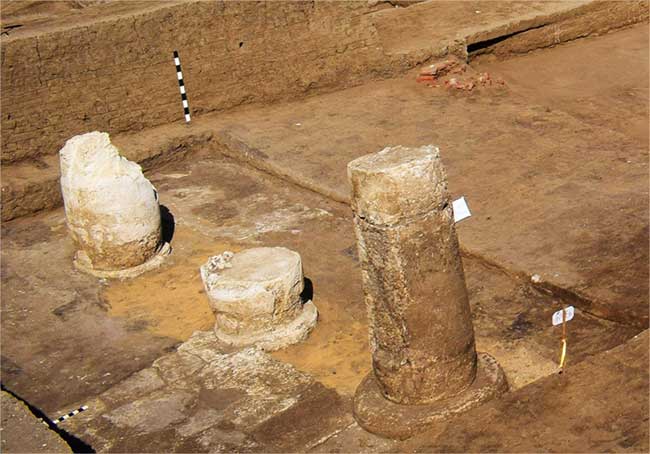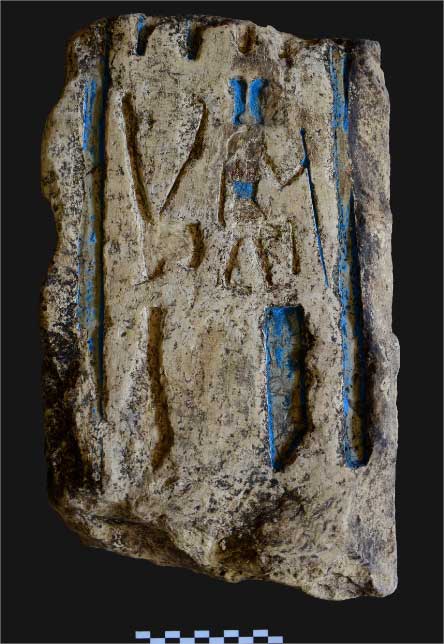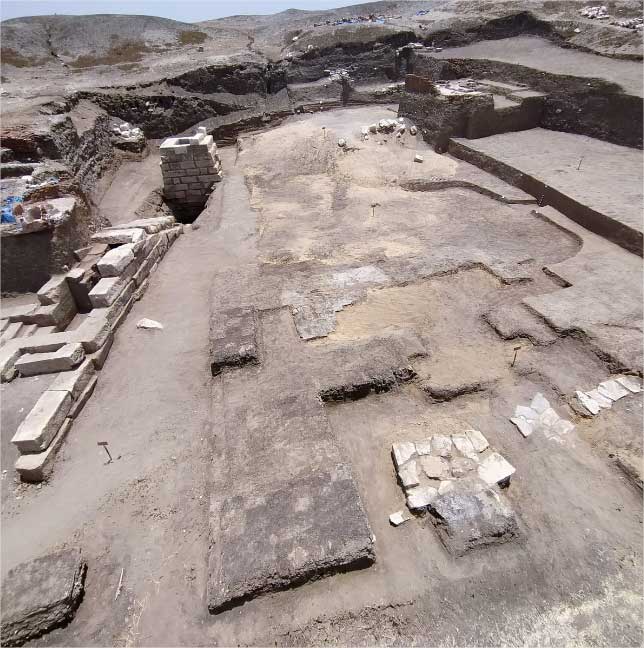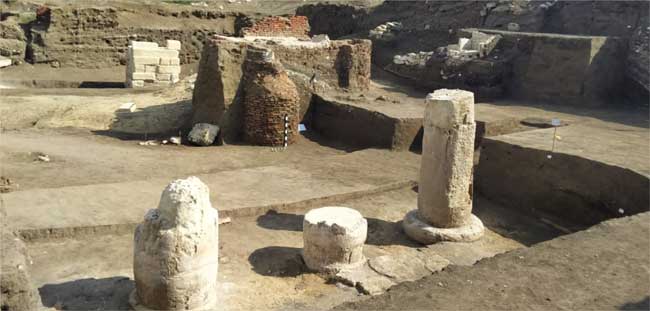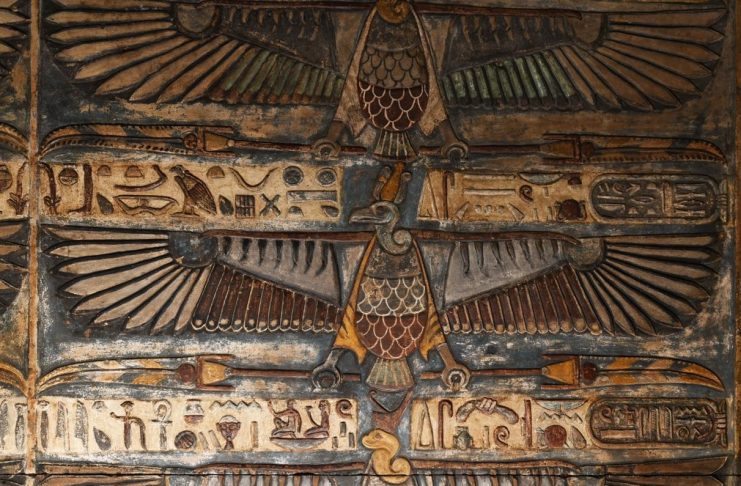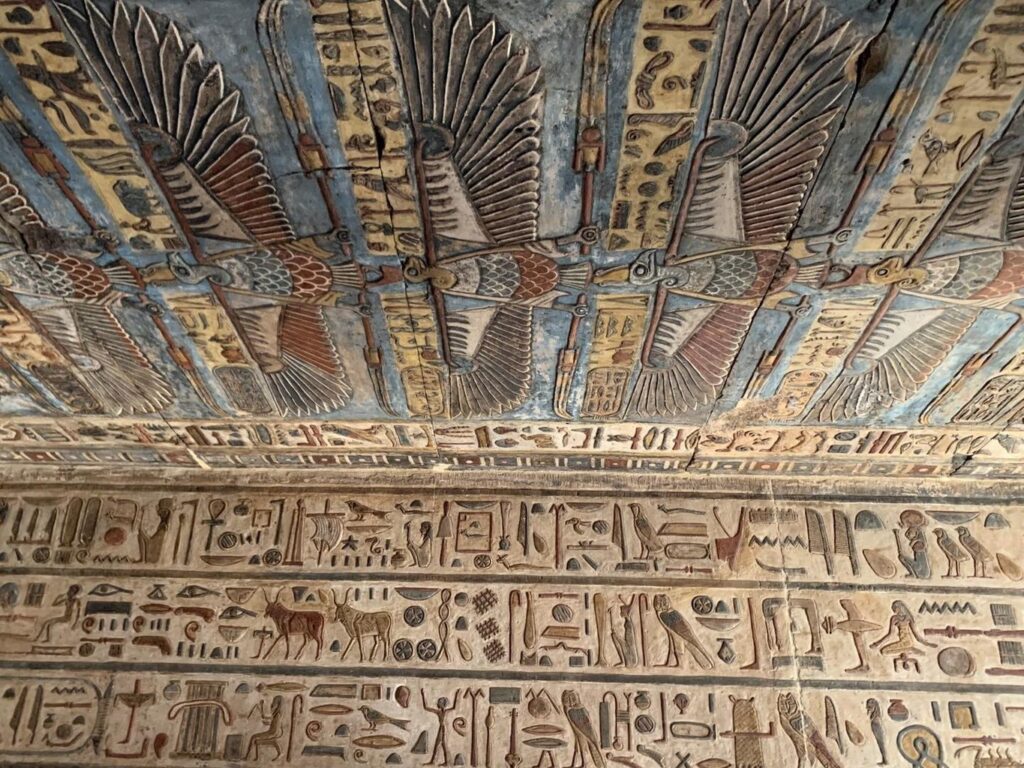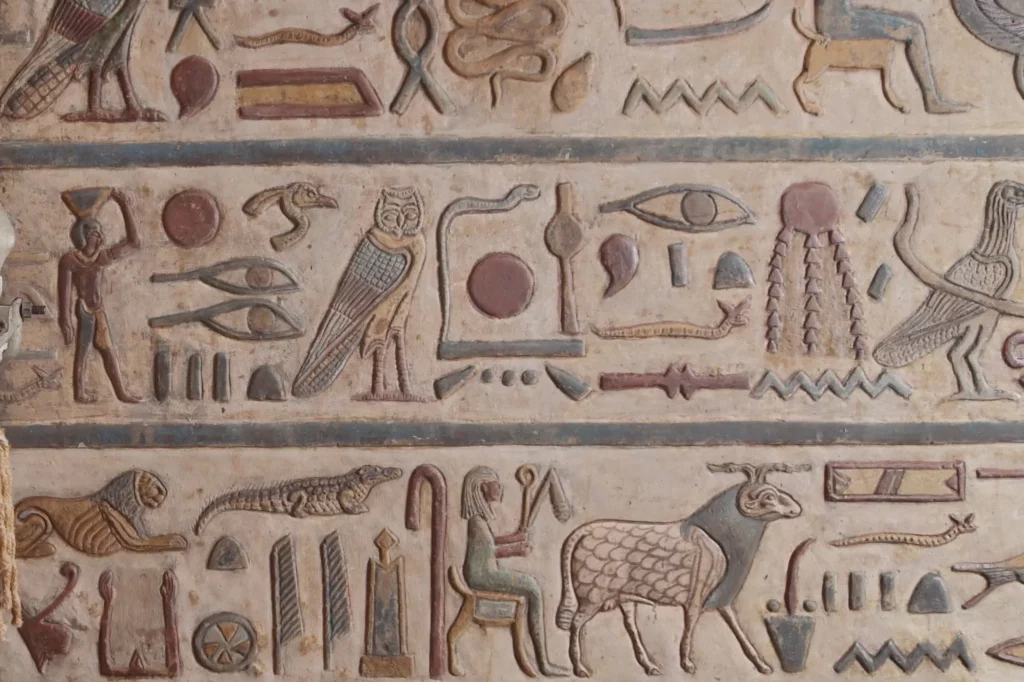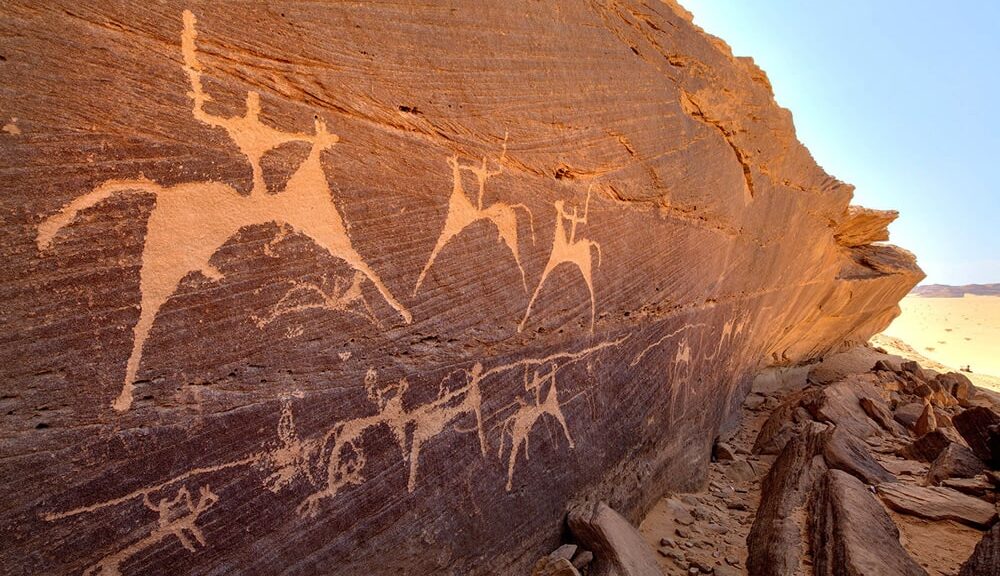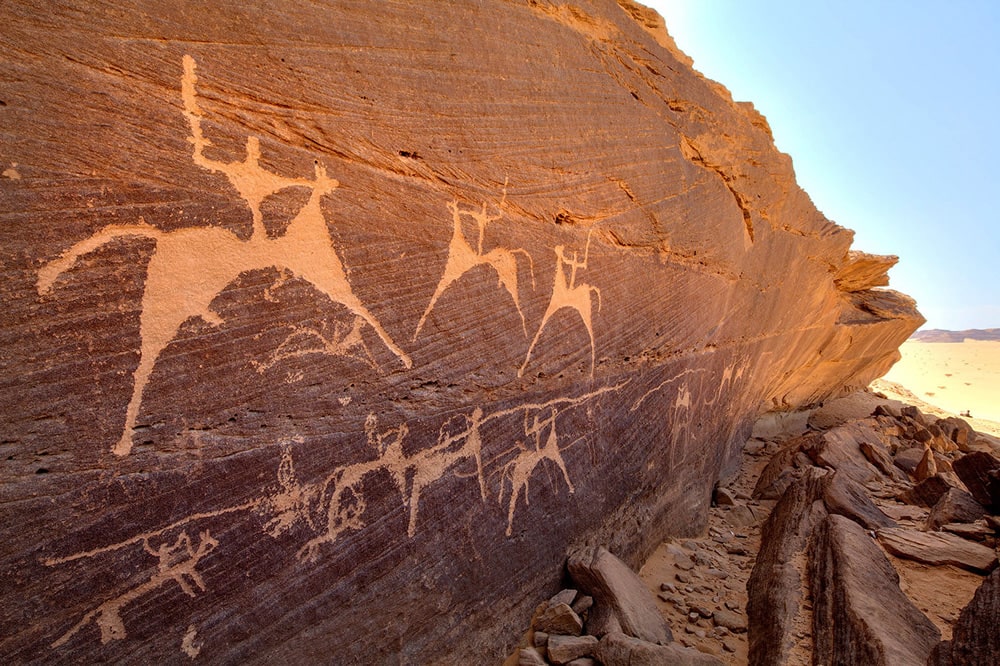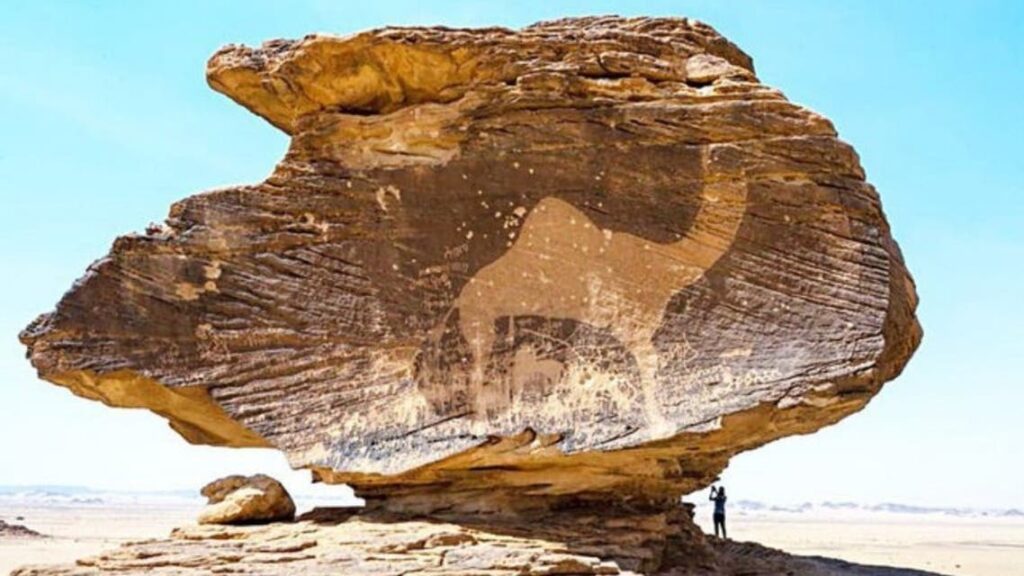British Teenager Discovers Rare Bronze Age Ax Hoard
Milly Hardwick was searching for buried treasure in a field in Hertfordshire, England when her metal detector pinged. The 13-year-old’s father, Colin, joked that she’d found an axe. He was partially right: Hardwick had, in fact, stumbled onto a trove of 65 Bronze Age axes and artefacts dated to around 1300 B.C.E.
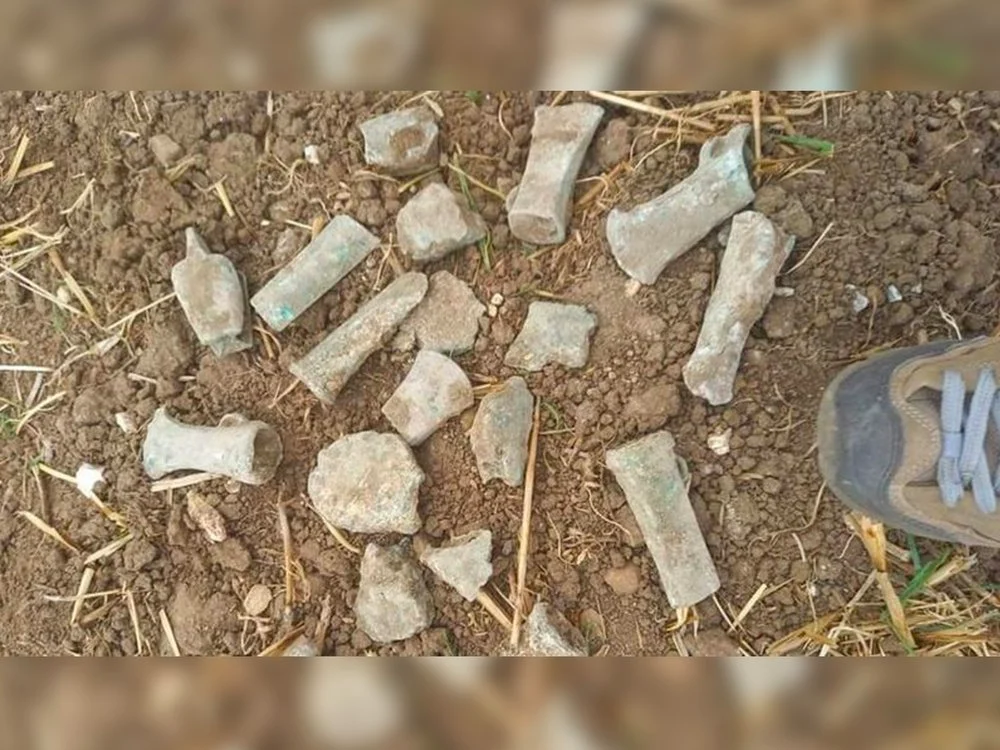
“I was shocked,” the teenager, who made the discovery on her third metal-detecting outing, tells Sarah Cooper of ITV News Anglia. “I almost fainted. I was like, ‘Dad, I’m going to faint!’”
Per Jacob Paul of the Express, Hardwick’s mother, Claire, adds, “A lot of people have said it’s a once-in-a-lifetime find.”
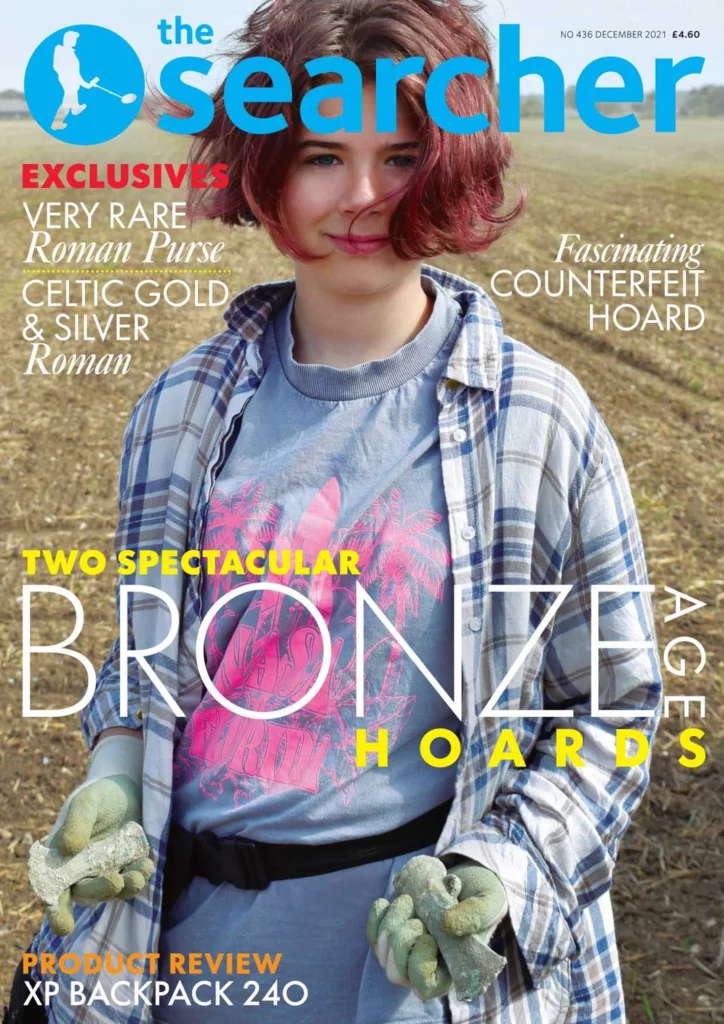
At first, the father and daughter—residents of Mildenhall in Suffolk—dug up just a single bronze ax head. Keeping at it, they soon unearthed 20 more artefacts. Archaeologists brought in to excavate the site discovered the rest of the hoard the following day, reports BBC News.
Though she is new to the hobby, Hardwick appears to have a natural ability for locating artifacts.
“Whenever I go out, I find stuff,” she says, as quoted by Ben Turner of SWNS and Nick Wood of Suffolk Live. “I’ve found a gold-plated button and [an Elizabethan] coin. It’s just nice being in the field for hours and you get a signal and it could literally be anything.”
According to English Heritage, Britain’s Bronze Age began around 2300 B.C.E. During this period, ancient Britons mined copper and tin to smelt into axes, chisels, hammers, sickles and other tools.
The newly discovered cache dates to the Middle Bronze Age, which took place between about 1600 and 1200 B.C.E.
Hardwick and her father turned the find over to the local coroner’s office, which is responsible for determining if it qualifies as treasure. Next, reports BBC News, the cache will head to the British Museum, which manages archaeological finds made by the English public through its Portable Antiquities Scheme.
In accordance with the United Kingdom’s 1996 Treasure Act, a museum may decide to purchase the artefacts after they’ve been assessed and valued. If offered any money for the hoard, the young metal detectorist plans to split the proceeds with the field’s owner.
Hardwick’s discovery has caught the attention of other treasure seekers, even earning her a spot on the cover of the December issue of the Searcher magazine.
“The other metal detectorists are really pleased for her,” the teenager’s mother tells SWNS. Still, Claire adds, “On a couple of digs, people have gone, ‘Oh, she’s here now so we might as well go home.’”
Now bitten by the treasure-hunting bug, Hardwick wants to be an archaeologist when she grows up. In the meantime, she will continue searching for more artefacts.
“We’re going to try and find gold,” she tells ITV News Anglia. “That’s the one thing we’re aiming for, and when we do, we’re going to do a little dance.”
